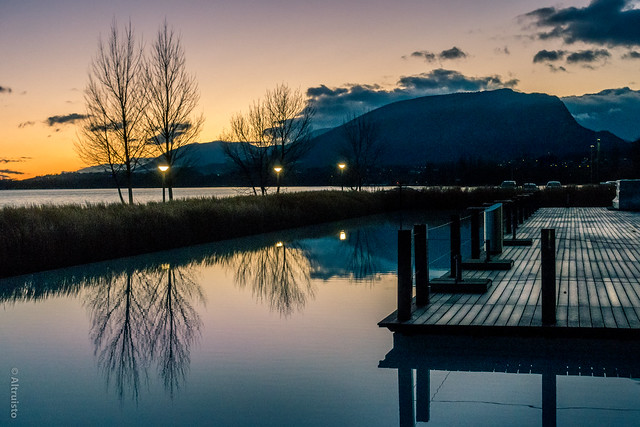I agree that the EOS-M lenses are very good (also good for their size), and it would be nice that I could use my existing EOS lenses with it. But EOS-M has no tilt screen and no viewfinder which rules out this option for me. Also the camera is fairly slow compared to other current cameras, the native standard zoom is lacking range on both the wide and tele end and although the 22 pancake is nice that isn't a focal length I would use very often (15-18mm would be more interesting for me).Sounds like you should be looking at the EOS-M. Reasonably portable, remarkably good lenses, APS-C IQ, cheap.
If they ever make an EOS-M3 with tilt screen, EVF and faster AF system they have my attention ;-) An up-to-date sensor (with better DR especially) would be nice as well; the current APS-C Canon sensors are in some ways hardly better than the best 1 inch and m43 sensors.
Last edited:












